Can I Drill a Well on My Property? (Legalities and Geology)
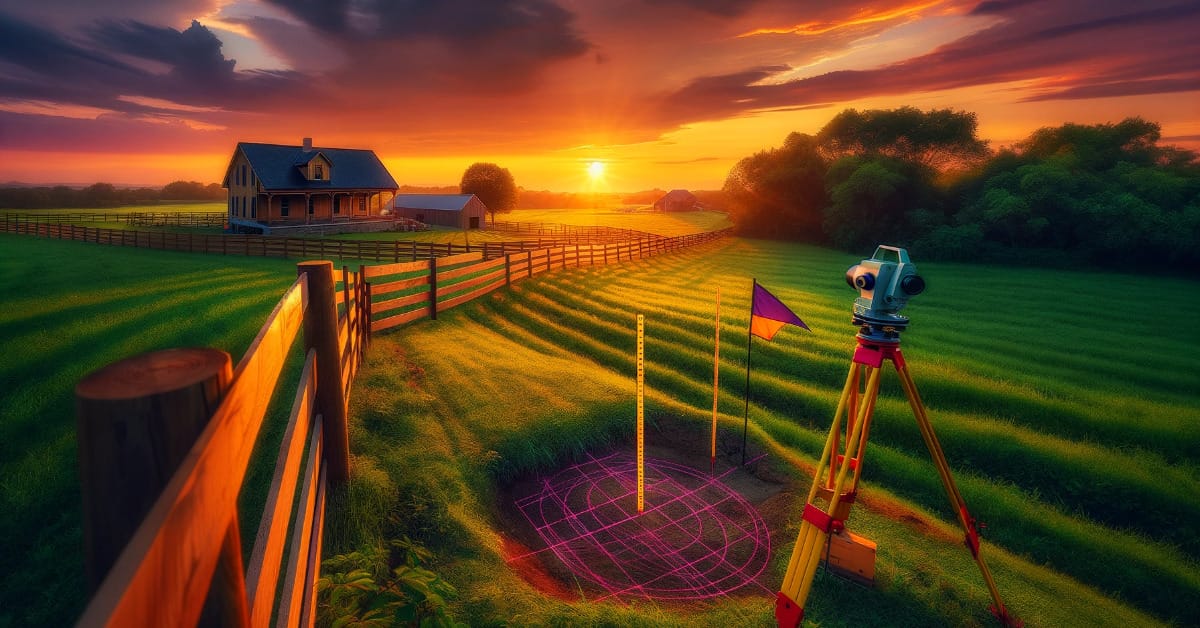
Nothing beats the taste and quality of fresh, pure water; many decide they want to drill in a well to their property, and today I’ll answer if you can.
In General. Yes, you certainly can drill a well on your property. However, the legal aspect of drilling a well varies depending on the location of your property. Certain water rights allow property owners to access groundwater sources under their lot. Still, these are subject to change depending on the state.
Also, drilling in urban areas may be restricted due to pollutants and runoff in the water.
We’ll go into detail on the aspects to consider when planning to drill a well on your property below.
Legal Considerations
The most prominent question about building a private well is whether it is legal.
In general, property owners can legally build private water well. There are general water rights that all states follow, which allow this. Learn more about these rights and other legalities for building a water well.
Groundwater Rights
Each state in the US must comply with the same general water rights.
Water wells are more concerned with groundwater than surface water, so we’ll focus on groundwater rights.
Absolute Dominion Doctrine
This doctrine allows property owners to use the groundwater present in their property as much as they want. The doctrine does not consider its impact on others sharing the same aquifer.
Many states have disregarded this doctrine since it allows industries to continuously pump large volumes of water without regard to the underground water supply.
Correlative Rights Doctrine
The Correlative Rights doctrine states that property owners above an aquifer and those that want to divert the supply have equal access to it.
This doctrine is mainly employed for areas with a scarce groundwater supply.
Reasonable Use Doctrine
The Reasonable Use doctrine applies to nearly all private well owners.
This doctrine states that a property owner has access to all the groundwater under their property as long as it is “reasonably” used.
The definition of “reasonable” usage varies depending on the state. But the main principle behind it is the responsible usage of water supplies without excessive waste. Most household uses, like indoor use and gardening, fall under the category of “reasonable” usage.
Which Groundwater Rights Apply to You?
There are many more groundwater doctrines, but the ones mentioned above are the most important legal considerations regarding private wells.
Most private wells fall under the Reasonable Use Doctrine. You’ll comply with most water rights as long as you’re acting within the guidelines of the Reasonable Use doctrine.
Take note that the legalities of building a private well are mainly determined by the state you live in. Look into the rules of your local health department and government unit to confirm whether you’re allowed to build one.
Permits and Licenses Needed
A permit is required for anyone that wants to build a water well.
You can apply for permits throught the Water Resources or Environmental department of the state. The permit requires information such as the planned well type, depth, amount of water, and the purpose of the well. Some states have a permit application fee.
Aside from the general permit, certain states may require additional documents and special permits. Consult with your local government or health department to find out all the needed requirements.
Some states require a license before a well can be drilled.
The main reason for this is hazardous underground conditions. Another reason is that the well is too deep to be dug by unlicensed personnel. If your state dictates that a license is needed, the best option is to hire a licensed contractor to handle the well-building process for you.
Is it Possible to Drill a Well on Your Property?
The most crucial step of building a well is to confirm the presence of a groundwater supply.
Some locations are more well-suited for drilling a private well than others. The property’s general location is a good start to determining whether there is a supply of drinkable groundwater quality around. From there, you can pinpoint the exact place to place the well with the assistance of maps and geological experts.
Check the Location of Your Property
Rural areas, especially near valleys, often have underground water deposits that span hundreds of feet deep.
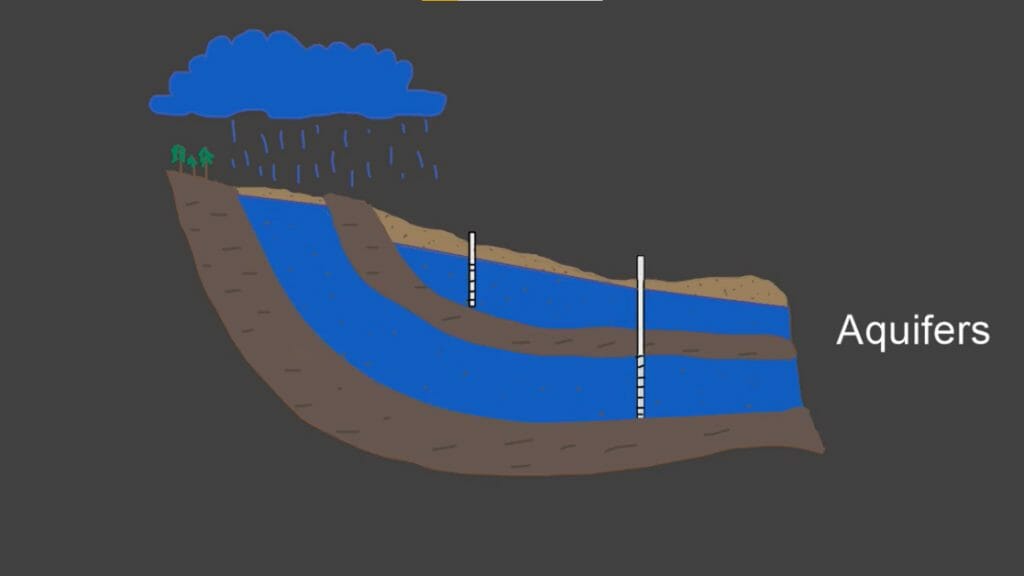
These water resources, called aquifers, are found under soil or bedrock layers. The groundwater quality from these sources is pure and untouched by chemicals, making them excellent drinking water sources. Many properties in rural areas have water wells to collect pure drinking water.
Urban areas use water mains to supply the entire area with drinking water.
Unfortunately, securing a private underground water supply in urban properties is difficult. The groundwater in urban areas is filled with years of industrial chemicals and pollutants. Furthermore, household chemicals (like weedkillers) frequently leach into the surface water deposits.
Drilling a well on properties in urban areas is generally not allowed. Even if you have access to groundwater and obtained the necessary permits to drill one, you’ll still have to create a water treatment system to remove chemicals in the water.
Properties in rural areas are more likely to have access to a viable groundwater supply and be legally approved by the local government.
Check for Nearby Wells
The easiest way to confirm the presence of underground water resources is to look for nearby wells.
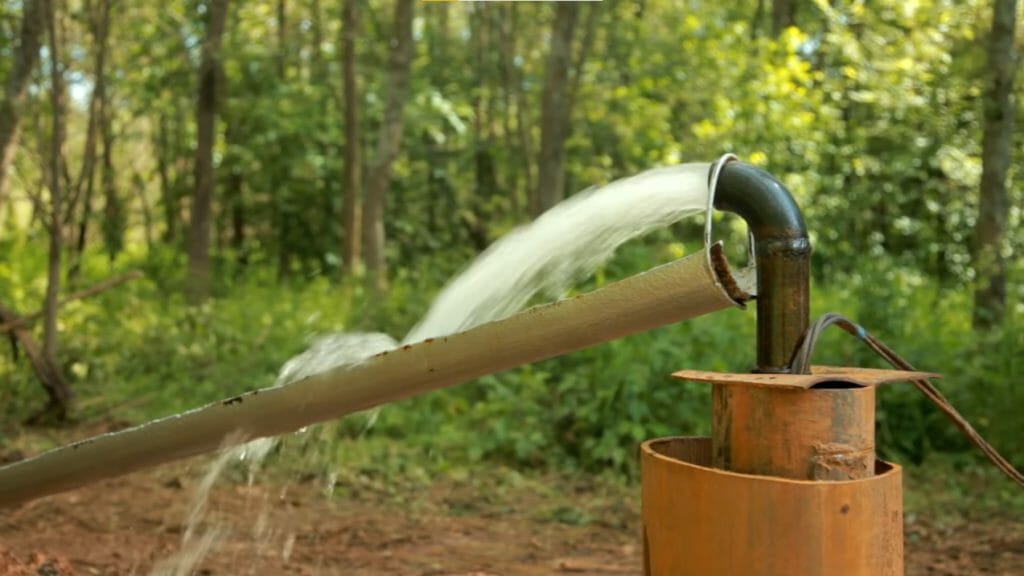
Water sources like aquifers span hundreds of feet. Many communities and private properties make use of it by building wells. Some towns are known to build community wells where people fill their containers with fresh, pure water. The presence of these wells is an easy sign of an underground water supply in your area.
If there aren’t any nearby, you can try looking for decommissioned wells.
Geological survey records and state well drilling records keep track of previously used wells. These reports contain information on the depth of the well and whether it has established access to groundwater. These records can show you whether your property is under a groundwater supply and depth.
Property owners can access these records through the local government offices in person or online.
Consult with Maps and Experts
Suppose you’re unable to find any nearby wells. In that case, checking geological maps is a great way to locate underground water supplies.
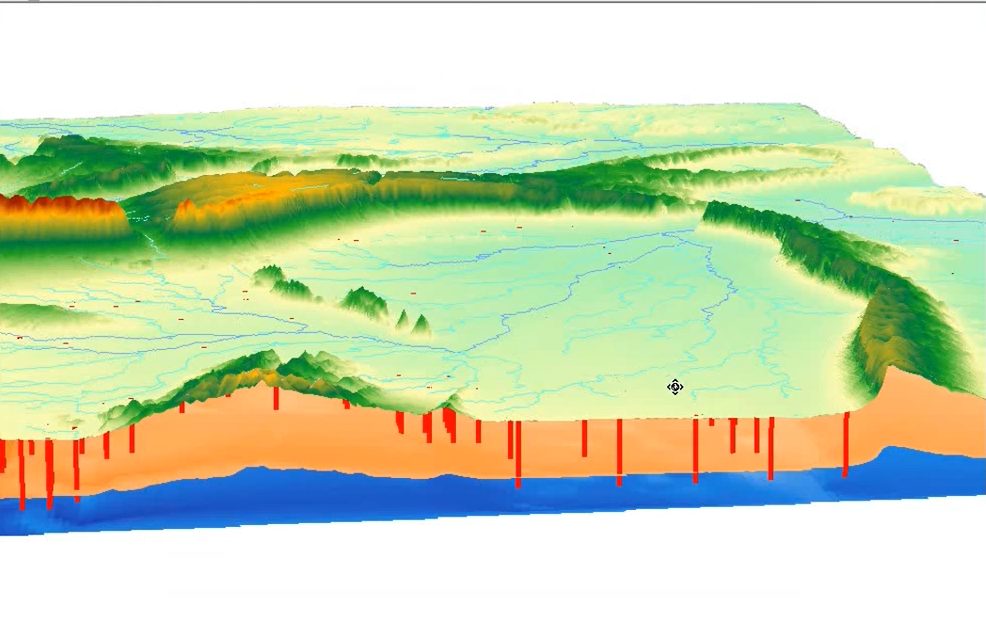
Look for geological and topography maps of your area. These show the area’s geologic features, including those above and below ground. Check these maps to determine whether your property can access sufficient groundwater.
If you’re after more specific information or looking for certain water resources, it’s best to turn to a geological expert.
They have access to newer and more accurate information on the location of groundwater sources. Geological experts can also conduct tests on the water quality to ensure that you’ll get safe groundwater quality.
The Well Drilling Process
Let’s say you confirmed groundwater’s presence, and all the legal considerations are a go. The next step is to build your well.
The actual drilling of the well is a straightforward process.
The well is placed in an accessible and clean location within the property. The well should be placed away from any possible contaminants like animal pens and waste disposal systems. Generally, wells should be located at least 5 feet (1.5 meters) away from the main building. You should check with the local state guidelines for other rules to follow for the placement of the well.
Wells can be dug with abundant surface water with little to no dense rock bed. Shovels and simple digging power tools are used to create a deep enough hole to access the water supply. The wells created through digging are usually no deeper than 25 to 30 feet (7.62 to 9.15 meters) and are called “shallow wells.”
Wells that reach depths of 300 feet (91.44 meters) and above are called “deep wells.” Creating these requires the assistance of drilling rigs and other heavy equipment. For these kinds of wells, hiring a licensed driller is required by the state.
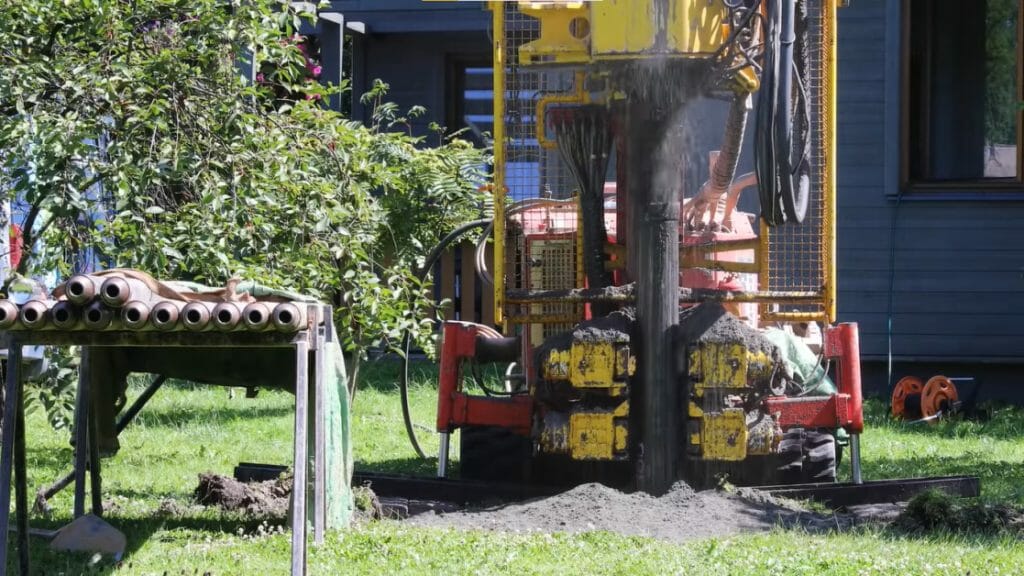
A casing is inserted into the dug or drilled well to prevent water supply contamination.
A casing is typically constructed using Schedule 40 PVS or steel. It is narrower than the diameter of the well hole. The casing is sealed in place using grouting materials such as concrete or clay. Filters are inserted into the casing to prevent sand and gravel from contaminating the water.
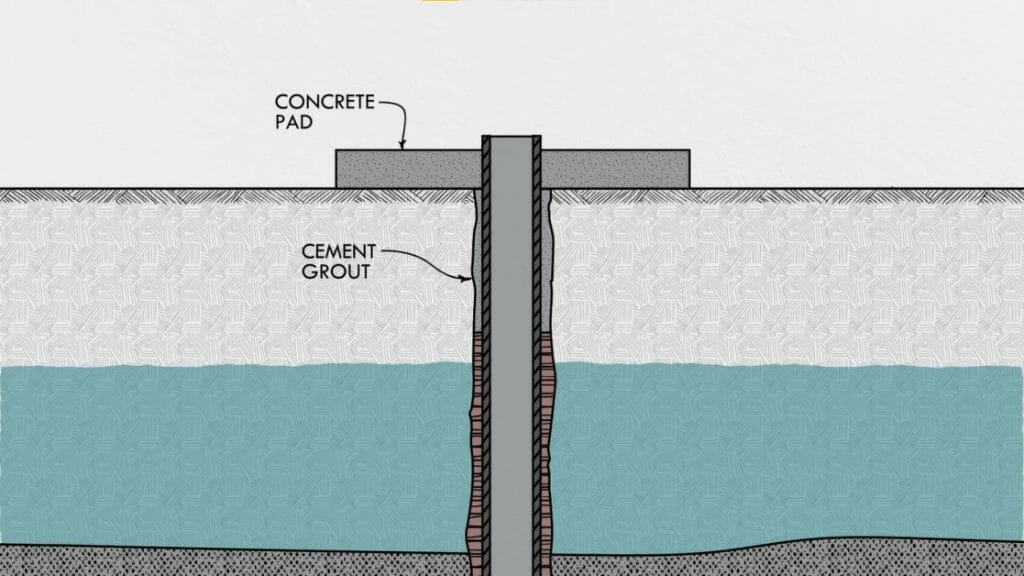
Pump systems are included in the construction of modern wells. This pressurizes the water and allows it to travel up the casing and into the pipelines. The property owner can choose between manual or motorized water pumps.
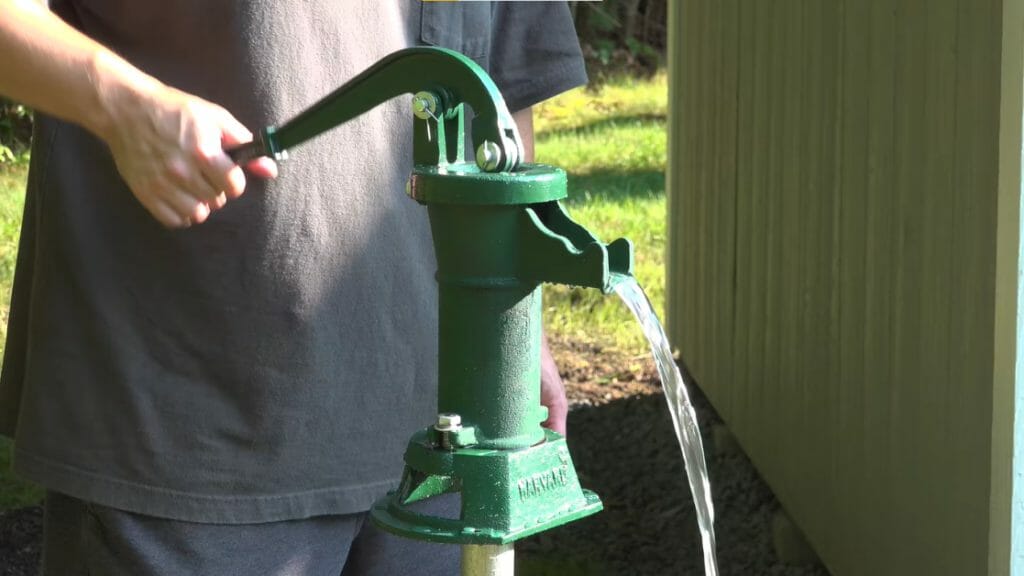
Finally, the well is capped off with a sanitary seal. This cap is an airtight rubber gasket seal that prevents contaminants like leaves, insects, and other small animals from getting into the well. (1)
Wrapping Up
The short answer to whether you can drill a well on your property is yes.
When drilling a well, there are many geological, legal, and technical aspects. Do your research on the geological structure of your property and the governing water rights of your state. This information is crucial during the planning phase of building a well. (2)
Once you have checked out all the considerations, access to high-quality groundwater is simply a matter of building the well.
Take a look at some of our related articles below.
- How to test O2 sensor with 4 wires
- Where are water hammer arrestors required
- How long does it take to drill a well
References
(1) contaminants – https://oceanservice.noaa.gov/observations/contam/
(2) geological structure – https://www.sciencedirect.com/topics/earth-and-planetary-sciences/geological-structure
Video References
Silver Cymbal
Dane Andersen
Practical Engineering
Made 4 Geek
